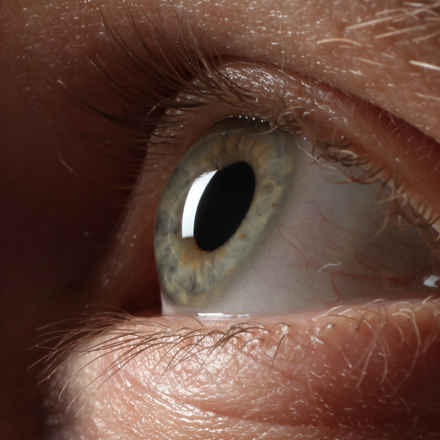Developing new visual tests to monitor macular disease

Dr Richard Leadbeater, University of Leicester - £21,866
Monitoring macular disease early and accurately is vital for protecting sight. This project is developing innovative visual tests designed to detect subtle changes in vision that current methods often miss, helping patients and clinicians track disease progression more effectively.
What is the problem?
Current vision assessment tools, like the Amsler grid, are good at detecting large distortions, such as wavy lines. However, many people with early or intermediate age-related macular degeneration (AMD) do not notice these changes. Instead, the most common symptom is blurred vision, which is harder to measure using existing tests. This makes it difficult to monitor disease progression accurately.
What are they doing?
Dr Leadbeater’s team has developed new visual assessment methods that detect fine distortions responsible for blurred vision. These tests are designed to identify changes in vision that traditional methods might miss.
How can this help?
The project will determine whether these assessments can accurately reflect the severity of AMD, comparing results with OCT scans. The team will also explore whether the tests can be done remotely in patients’ homes, which could make monitoring more convenient, increase the frequency of assessments, and support early intervention.
If successful, these tools could improve monitoring of macular disease and potentially be adapted for other eye conditions, supporting better outcomes for patients.
See our other projects
Since 1987 the Macular Society has invested around £10 million in over 100 research projects.
Explore more research
Beating macular disease through funding medical research and improving the lives of those living with macular disease.
Get the latest research news from the Macular Society
To hear about life-changing research and treatments, subscribe to our monthly enewsletter today. Together we can Beat Macular Disease.
Sign up to our free email newsletter



